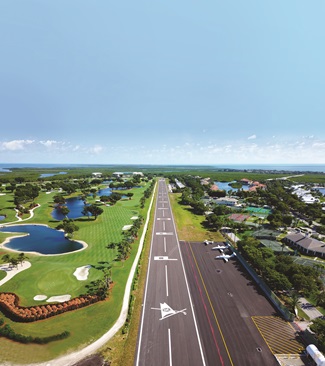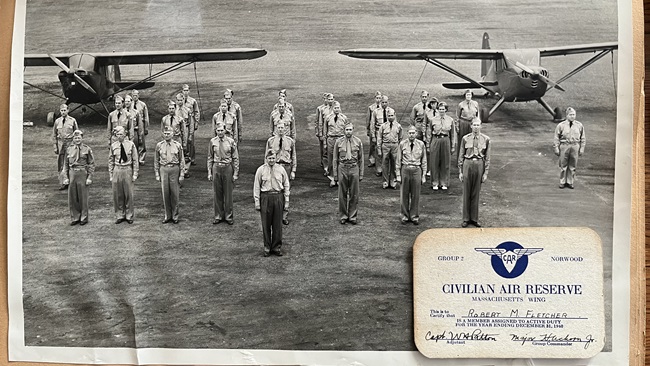The Glenwood Flyers flying club, based in Glenwood Springs, Colo., was created in 2000 with an instructor and five low-time students looking for a less expensive way to fly, according to Manager Tom McBrayer.
“After a few meetings and leaning heavily on the instructor's experience, the group purchased a Cherokee 180,” said McBrayer. “The plane was in excellent condition and it turned into a six-way love affair with a 2,800 pound chunk of aluminum.”
The aircraft was a drawing card and membership grew to 10. But in 2002, the aircraft was lost in an accident. “The insurance paid the total value of the aircraft and the group decided to replace the 180 with a Cherokee 235,” McBrayer said. “The membership continued to grow and 15 months later, it decided to purchase another Cherokee 235. Cherokee 235s offer just enough extra power in comparison to the 180 model and demonstrate additional performance that's needed in the mountains, yet operating expenses are far less than the larger Cherokee models.”
The Glenwood Flyers have two limited liability corporations, one for each aircraft. “This reduces a large amount of liability to the members. The planes are each covered by a smooth $1 million insurance policy and are maintained and operated under FAA Part 91,” he said.
The club currently has 13 owner-members and two nonowner-members, said McBrayer. “At one time, the membership swelled to 24 members. The active membership was limited to 20 by the club's bylaws,” he said. “When the surge of requests to join the club created a problem, the board of directors created an active and an inactive roll of members, which allowed members to maintain their status utilizing two options. It worked out well.”
Owner-members pay a $2,000 membership fee and $100 handling fee. Dues are $40 a month, payable every six months. “Each owner-member must fly at least three hours per quarter or pay an additional fee of $300 per quarter,” said McBrayer.
Nonowner-members must have at least 100 hours as pilot in command. They pay a $500 one-time membership fee and $100 for handling. These members pay a 35-percent higher rental fee, but do not have a flying hours requirement and do not have voting rights.
Another way the club lowered its costs to make flying more was by paying off commercial bank loans and accepting loans from the members and paying a very competitive interest rate, but far below what the bank was charging, said McBrayer. “No one ever said flying your own personal aircraft was inexpensive,” he said. “However, it is estimated that the club's planes fly for only 60 to 70 percent of the commercial rates charges by FBOs.”
In 2008, the recession affected the club, like most other organizations, said McBrayer. “The membership dwindled to a low of 13, and with the downturn in the economy and the high cost of fuel, flying hours are down significantly,” he said. “[This] creates a financial struggle but the planes are readily available at almost any time. As the economy regained some strength, the club's membership has also showed signs of recovery.”
The club has three CFIs who are authorized to teach owner-members, said McBrayer, with costs averaging about $38 an hour. There is one student pilot, he added.


